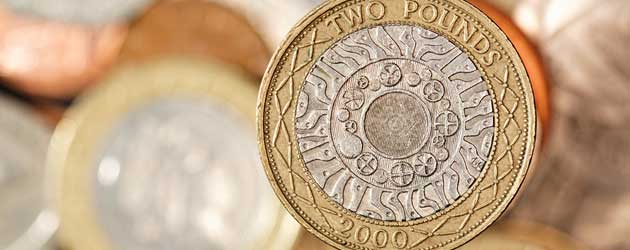
The Pound to Euro exchange rate (GBP/EUR) rallied by over 1.3 cents yesterday, peaking at 1.1819, as the prospect of an interest rate cut from the European Central Bank was brought back to the table due to a steep decline in October’s Eurozone Consumer Price Index.
Inflation in the 17-nation bloc unexpectedly fell from 1.1% to a 4-year low of 0.7%, as the relatively strong Euro exchange rate helped to bring down energy prices across the Eurozone.
Earlier this week the ECB’s Ewald Nowotny poured cold water on rate cut bets, saying:
“I do not think that having a negative deposit rate is a realistic perspective, but I also do not see a realistic perspective of lowering the main policy rate”.
The Euro touched a 2-month high of 1.1648 in response to the hawkish comments.
However, the ECB’s relaxed stance on undershooting inflation is likely to be tested by the soft CPI inflation report. Although lower prices can help boost consumer spending in the short-term, longer periods of reduced price pressures can lead to deflation, which is actually harmful to the economy as consumers hold off on purchases because they think things will be cheaper in the future. Another problem with a low rate of inflation is that it doesn’t allow national debt to be inflated away.
The European Central Bank aims for an inflationary rate of, or close to, 2.0%. It is clear for all to see that 0.7% is not, nor close to, the ECB’s target rate.
New Eurozone inflation projections are due to be released in December, meaning that a reduction of rates is fairly unlikely in November, but a distinct possibility in December.
The argument for an ECB rate cut was bolstered yesterday as Eurostat reported that Unemployment in the currency bloc returned to its all-time record high of 12.2% in September.
The single currency declined by almost two cents against the US Dollar in response to the soft Unemployment and Consumer Price figures. The ‘Greenback’ was also supported by a shockingly strong Chicago Manufacturing PMI score of 65.9 for October. The 2.5-year high print saw output increase by the most in any single month for over three decades, despite the negative impact of the concurrent US Government shutdown.
Later on today, UK Manufacturing is predicted to print fairly positively at 56.4, whilst the American equivalent is forecast to lag slightly at 55.1. However, if the stronger-than-expected Chicago figure translates into a more robust ISM result then GBP/USD could come under some selling pressure.

Comments are closed.